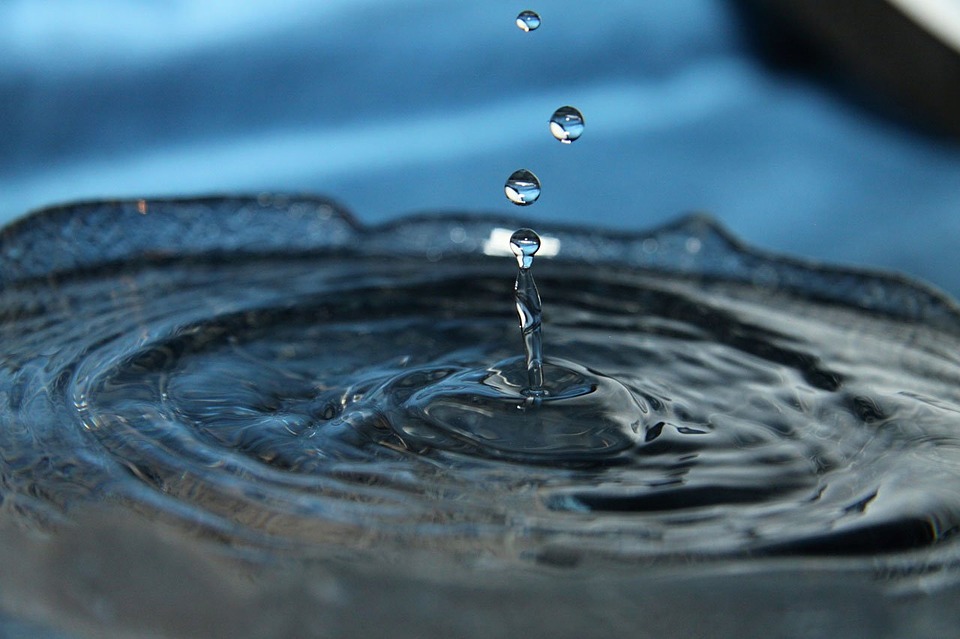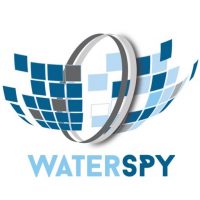
Concept
Drinking water microbiology has for more than 100 years been dominated by a conservative approach caused by a limited understanding of the indigenous bacterial flora, its function and related processes in treatment and distribution systems . This was mainly due to the lack of sensitive, fast and realistic methods to detect and quantify both the indigenous microbial cells and the presence of relevant pathogens. For the past time, routine monitoring and hygiene assessment focused on the detection of (1) cultivable heterotrophic microbes as a measure of the general microbiological quality of water, and (2) the detection of indicators for faecal pollution using plating methods. This is clearly evidenced by the current EC legislation, which requires the measurement of only three microbiological parameters, namely heterotrophic plate counts (HPC) and the two bacterial indicators Escherichia coli and Enterococcus spp. This situation is similar to the rest of Europe and other industrialized countries.
There are significantly higher numbers of microbial cells in drinking water than what can be cultured on synthetic growth media. Nonetheless, cultivation-based heterotrophic plate counts (HPC) are used worldwide as a general microbial quality parameter in water treatment and distribution systems. Total bacterial cell concentrations (determined for example with microscopy) are normally not considered during drinking water treatment as either design, operative or legislative parameter. A proper understanding of microbial survival and growth during drinking water treatment and distribution starts with the ability to quantify all the microorganisms accurately and rapidly. Some 90–99%, or even more, of the bacterial cells detected in aqueous and terrestrial environments cannot be cultivated in the laboratory with the methods presently used. This huge discrepancy between cultivable and total cell counts has been known for a considerable time and is commonly referred to as “the great plate count anomaly”. This raises the question of the viability and activity of the fraction of non-cultivable bacterial cells.
WaterSpy answers to the aforementioned limitations through the development of a novel, portable, cost-effective photonic device, operating in the mid-IR spectral range and suitable for pervasive water quality sensing. WaterSpy approach is based on the following key features:
- The use of advanced QCL sources coupled with innovative, fast and sensitive, HOT photodetectors that detect the fingerprint regions of the selected analytes of high priority in freshwater.
- The use of ATR spectroscopy techniques to maximize the SNR.
- The use of adapted light modulation, detection and signal processing concept supporting highest sensitivity levels.
- The use of molecular recognition elements (MREs) of high specificity for binding on the target bacteria in order to maximize SNR and bind even the single bacteria of the targeted strains.
- The use of novel, automated, sample pre-concentration techniques, based on ultrasounds, cross-flow ultrafiltration and monolithic affinity filtration.
- The integration of the photonic sensors into a portable device, used for large area water quality sensing.
